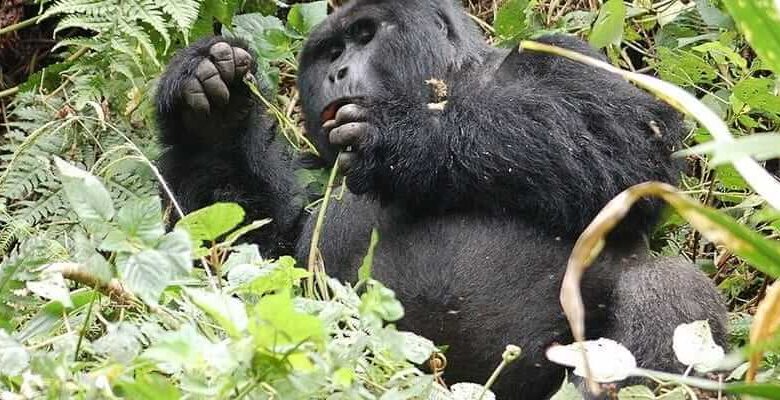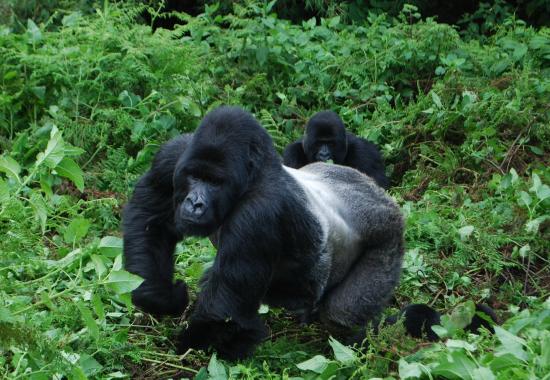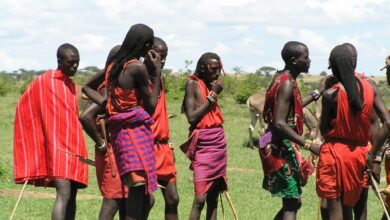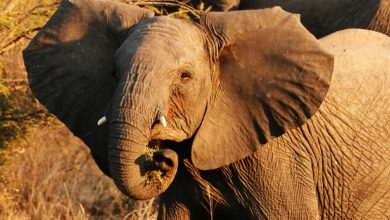Blog
Uganda Gorilla Trekking & Tanzania Safari

Uganda Gorilla safari and Tanzania is an extraordinary safari that can take you to different destinations including Bwindi Impenetrable National Park, Ngorongoro Conservation Area, Serengeti National Park, Tarangire National Park where you will be able to spot a variety of animals such as gorillas, lions, elephants, buffaloes, leopards, elands, giraffes, hippos, zebras, cheetahs, wildebeests, dik-dik among others.
On your starting day of the safari, you will be picked up from your hotel or at Entebbe International Airport. Be briefed about your safari in these two countries (Uganda and Tanzania). The driver will transfer you to Bwindi Impenetrable National Park passing via Masaka – Road. You will have your first stopover at the Equator for refreshments and photography. Continue to Igongo cultural center for a cultural visit and lunch. After lunch, head to Bwindi Impenetrable National Park and upon arrival, you will just check-in at the lodge for relaxation as dinner and night sleepovers.
Wake up for an incredible experience. Have breakfast, get your packed lunch ready and meet up with your driver to head to Bwindi Impenetrable National Park’s headquarters for a briefing about the rules, regulations and guidelines to follow while trekking Mountain gorillas. In briefing, every group of 8 members is assigned to a certain gorilla family to trek. Gorilla trekking sometimes take long hours depending on where gorillas were last seen when searching for food. Once they are found, spend some minutes in the jungle while analyzing their behaviors and characters. Trek back to the headquarters for a successful gorilla trekking certificate and later return to the lodge for refreshments.
The following day after taking your breakfast, you may decide to go for a bird watching experience. The diverse habitats in Bwindi’s Forest imply that is the perfect habitat for a diversity of bird species with about 350 recorded different species. With over 350 bird species including 23 species endemic to the Albertine Rift, Bwindi is a top destination for bird watchers. Some rare species that can be spotted in the park include the African green broadbill, Shelley’s crimson wing, the Grauer’s swamp warbler among others. The forest’s diverse birdlife thrives in the dense undergrowth and high canopies offering birding enthusiasts’ unique opportunities to spot rare species. Whether you are a seasoned birder or a casual enthusiast, Bwindi’s trails offer excellent vantage points for birding. After your birding experience, you will return to the lodge for lunch.
After lunch, you can go for the Batwa Cultural Experience in the Batwa community village. The Batwa Pygmies are the oldest indigenous group who used to live in the Bwindi Forest and they offer an immersive cultural experience. The Batwa people lived in the forest as hunter-gatherers for centuries before it became a national park. Visitors can join guided tours led by the Batwa themselves where you will learn about their traditional way of life, survival skills and their deep connection to the forest. The Batwa experience includes performances of traditional songs and dances, demonstrations of hunting techniques and storytelling that gives insight into their ancient culture. After the experience, return to the lodge for dinner and sleepovers.
From Bwindi, you can transfer to Kigali Airport for a flight to Tanzania or you can return to Kampala and board a bus to Tanzania passing via Kenya. Upon reaching Kilimanjaro International Airport, you will be picked up by our company guide representative from Tanzania and you will be transferred to your booked hotel in Arusha for dinner and overnight stay.
You will wake up in a cool environment, have breakfast, check-out of the hotel and meet your driver to transfer you to Tarangire National Park known for habouring large herds of elephants and ancient baobab trees. Upon arrival, you check-in at your booked lodge for lunch and later go for an afternoon game drive giving you an opportunity of spotting elephants, impalas, zebras, waterbucks, gazelles, bird species among others. After the game drive, you will return to the lodge for dinner and overnight.
Arise up on a delicious heavy breakfast, check-out of the lodge and get ready for your journey to Serengeti National Park with your packed lunch. On your way, you will enjoy the stunning views of wildlife and highlands. Arriving in the park, you will have your picnic lunch and then proceed to the lodge with an enroute game drive. Spend the remaining hours of the day at relaxation at the lodge as your waiting for dinner.
The following day will be for a full game drive in Serengeti National Park. Wake up and have your breakfast before heading the north Serengeti for wildlife viewing. You can go with your packed lunch. In the wilderness, you will get an opportunity of spotting various animals such as buffaloes, elephants, lions, giraffes, zebras and some bird species. You will visit the Mara River and it’s the right season, you will be able to experience the Mara River crossing. This crossing includes the movement of a thousand wildebeests being accompanied with other animals such as zebras. You will have your picnic lunch in the wilderness before returning to the lodge for dinner and sleepovers.
The next morning, you will check-out of the lodge and meet your driver guide to transfer to Ngorongoro Conservation Area. Upon arrival, you will drive to Ngorongoro crater where you will descend 600 meters into the crater for a game drive. The chances of spotting various animals are high. On this drive spot many animals such as wildebeests, zebras, dik-dik, warthogs, elephants, lions, leopards, hyenas, buffaloes among others. You also be able to view various bird species such as flamingos, Eastern Bronze-naped Pigeon, Columba delegorguei, Lemon Dove, Aplopelia larvata, Dusky Turtle-Dove, Streptopelia lugens, Mourning Collared-Dove, Yellow-billed Duck, African Jacan, Bearded Woodpecker among others. After the crater drive, you return to your lodge for dinner and overnight stay.
On your last day of the safari, you will have breakfast, check-out of the lodge and meet up with your driver to transfer to Arusha where you will get your flight to the next destination/back home.


